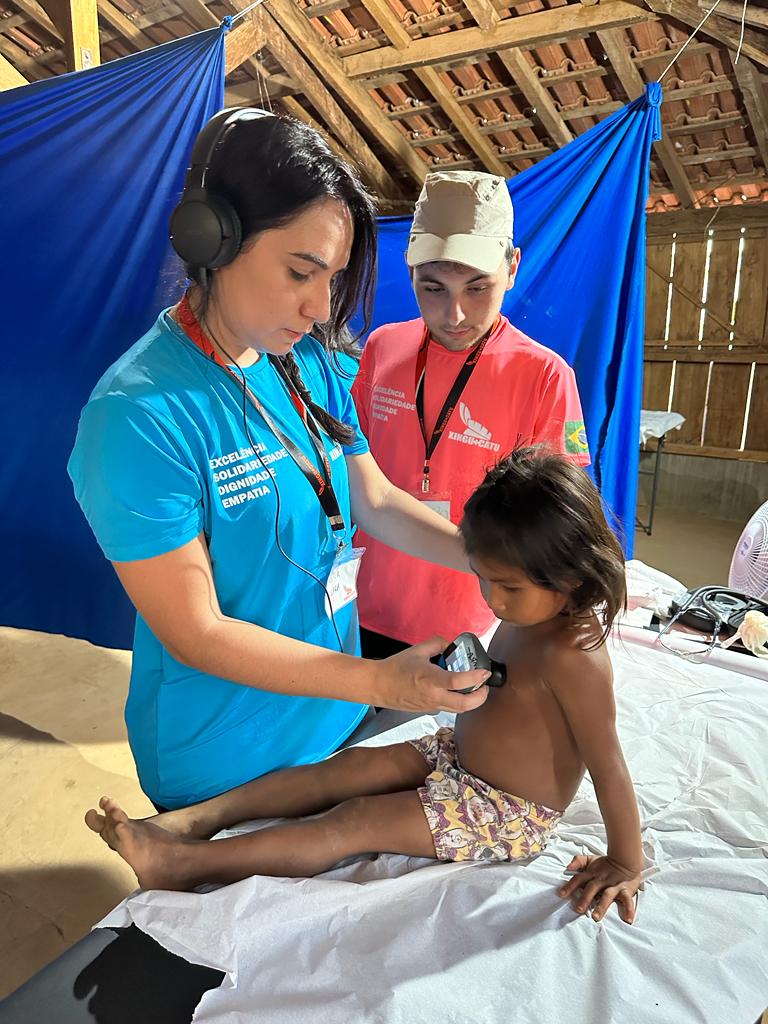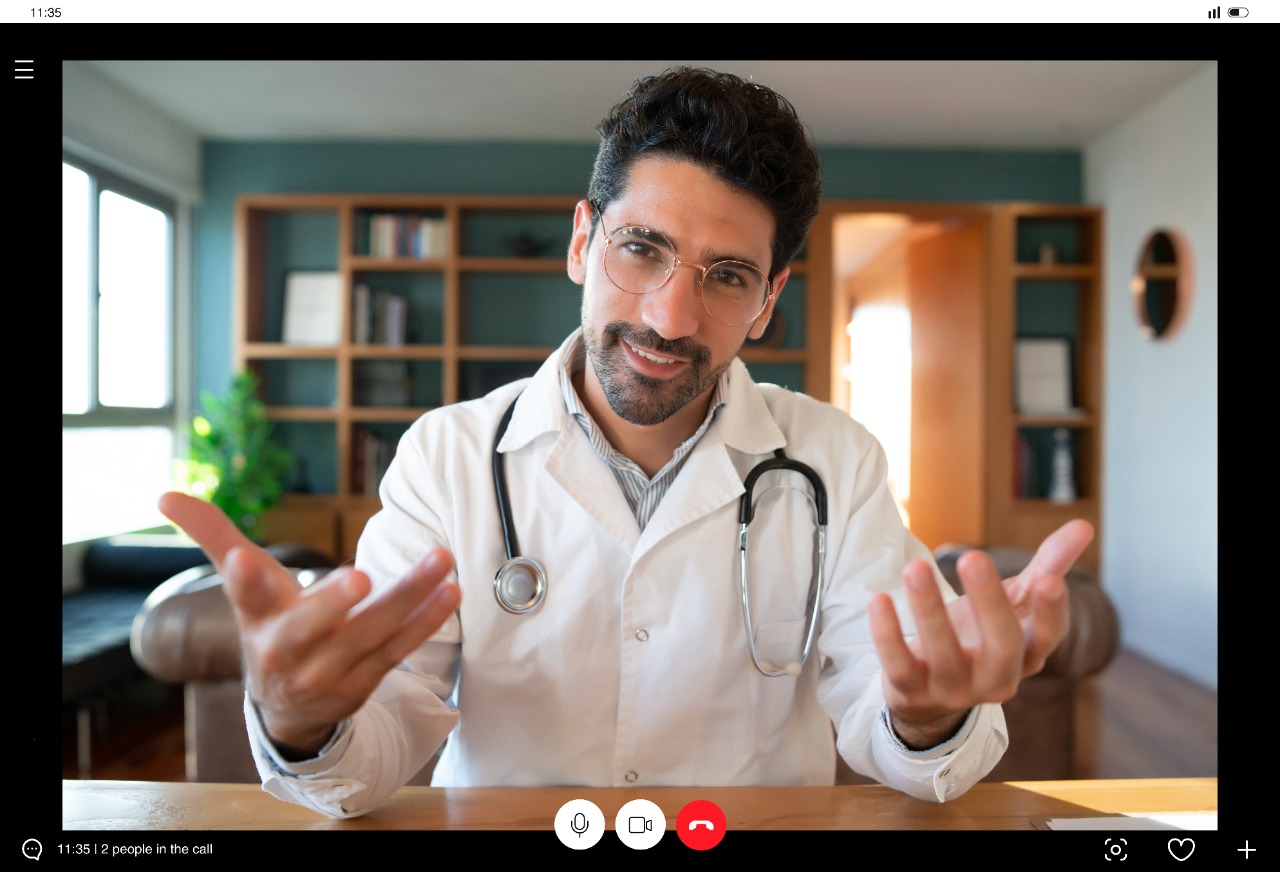At the center of the turmoil caused by the biggest health crisis of the century, companies that operate in the supplementary system to the SUS (Unified Health System) – insurance companies and health plans – faced poor financial results in the first quarter of the year, due to the increase in costs with hospitalizations and ICUs in the so-called second wave of the pandemic in the country. Experts believe that this pressure on the system will continue for a few more months, even with the increase in the pace of vaccinations, because, in addition to the risk of a new wave of the pandemic, there is the treatment of possible after-effects of people who have already had Covid-19 and the return of elective procedures that were put on hold last year.
“In the first quarter of 2021, we recorded the highest healthcare cost in the history of the system. While Brazil surpassed 4,000 deaths from Covid every day, elective procedures surpassed the levels of 2020 and 2019, occupying beds and healthcare professionals and healthcare costs”, says Vera Valente, executive director of Fenasaúde, which represents the 15 largest health insurance plan operators, including Bradesco Saúde, Amil and SulAmérica. Vera recalls that, at the beginning of the pandemic, there was a reduction in claims (ratio between healthcare costs and health plan revenues), with a decrease in elective procedures and lower use of medical and hospital services. “But costs began to rise consistently again starting in May. Last November, operators’ expenses were 13.4% higher than in February, the month before the pandemic. Revenues, on the other hand, grew much less in the same period: 4.6%.”
Abramge (Brazilian Association of Health Plans), an entity that represents 139 operators responsible for serving more than 20 million beneficiaries, confirms this. “Now in 2021 we are facing something completely new, with a direct impact on medical costs. For the first time, we have reached hospital occupancy rates above 100%. Added to this is the inflation resulting from the global increase in the consumption of supplies, personal protective equipment (PPE), devices and medicines”, says Marcos Paulo Novais Silva, executive superintendent.
While managing rising expenses, companies are seeing new users entering the system. Data from the Institute of Supplementary Health Studies (IESS) show that there was a 2.2% increase in the total number of beneficiaries of medical-hospital health plans in the 12-month period ending in April. As a result, the sector now has 48.1 million Brazilians.
“The greatest growth is still recorded among corporate group plans, those contracted by companies for their employees, but there has also been progress among the other categories. This shows two trends. On the one hand, the national economy has once again started to offer new job openings, on the other, Brazilians have been seeking other types of contracts to remain in a health plan”, points out José Cechin, executive superintendent of IESS.
According to the expert, fears about the coronavirus pandemic may be one of the reasons for the increase in the number of contracts in the country. “If at the beginning of the health crisis we recorded a drop in the number of beneficiaries due to layoffs and loss of purchasing power, April 2021 was the tenth consecutive month of growth in the total number of insured individuals,” he comments. “We also noticed companies in the sector making plans more flexible to ensure greater access for Brazilians,” he adds. “Our attitude towards customers has been to negotiate, make conditions more flexible for maintaining the contract, and create solutions for continuity of care, ensuring the quality of our services to influence their retention, such as the expansion of the telehealth service to all customers in April 2020,” confirms Edvaldo Vieira, CEO of Amil, which also began offering regional plans at more affordable prices.
The same strategy has been adopted by Bradesco Saúde and SulAmérica, which already has 150,000 lives insured in regional plans, called SulAmérica Direto, on average 30% cheaper than traditional plans. To reach this value, in addition to the limited coverage, the product does not offer the possibility of reimbursement and the service network is formed in a partnership system.
“This is a product in which I partner with Rede D'or, DASA, Dr. Consulta, Hospital Oswaldo Cruz and other providers, and we propose to manage the risk in a different way, so that they can reduce their price, which allows me to make another type of subscription to offer a more affordable product,” explains Ricardo Bottas, CEO of SulAmérica. As part of this strategy, the company acquired Paraná Clínicas, in Curitiba, and the portfolio of Santa Casa de Ponta Grossa last year. Faced with such a challenging scenario, the companies resorted to a resource that was just beginning to be used and became a reference during the pandemic: telemedicine. Between February 2020 and January of this year, according to a survey by FenaSaúde, 2.6 million telehealth consultations were carried out in the country. Of this total, 60% were for emergencies and 40% for elective cases, showing that online care is a solution even for serious cases. Among Abramge members, there were 2.8 million teleconsultations between April 2020 and April 2021, and the resolution rate was 90% of remote consultations. In other words, out of every ten patients, nine did not need in-person care.
Source: https://forbes.com.br/forbes-money/2021/09/sob-pressao-planos-de-saude-apostam-na-telemedicina/
Report published in issue 88, released in June 2021.





